Computer Modeling Tools for Electromagnetic Compatibility
Description
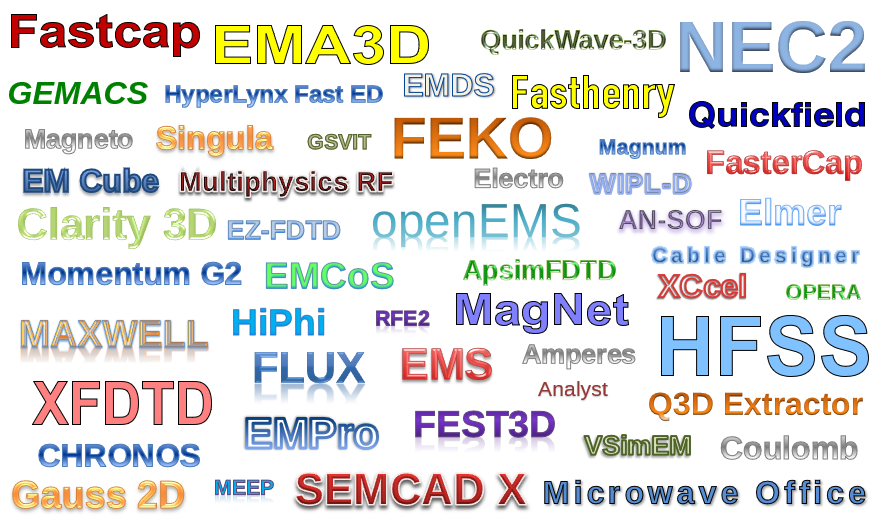
Computer modeling has become an important part of the design process for electronic systems. This course reviews the latest computer modeling tools and techniques available to help engineers design products that comply with electromagnetic compatibility requirements. The course covers electromagnetic modeling codes, circuit solvers, rule checkers, analytical modeling tools, web-based calculators and apps. Plenty of examples demonstrating the application of various modeling tools to real-world EMC design problems are provided. Students completing the course will be aware of the tools available to them and able to make good decisions regarding the tools that are appropriate for their needs.
Continuing Education Credit: 0.6 CEUs, 6.0 PDHs
Course Outline
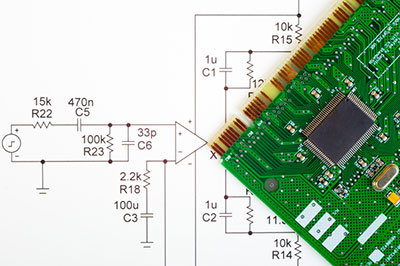
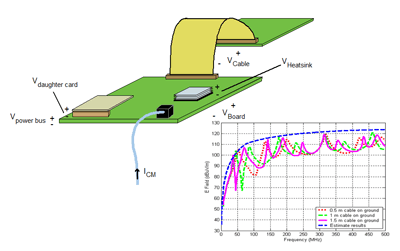
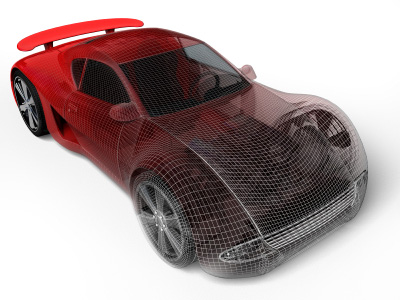
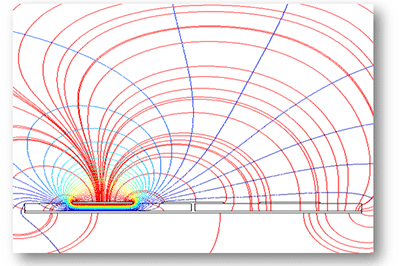
- Introduction
- Overview of available tools and software
- What you can expect to accomplish
- Examples of effective modeling for EMC
- Numerical EM Modeling Tools and Techniques
- 2D, 2.5D and 3D tools
- Static field solvers, time-domain and frequency domain codes
- Boundary element codes and the method of moments (BEM/MoM)
- Finite element codes (FEM)
- Finite difference time domain codes (FDTD)
- TLM, GMT, FETD and PEEC codes
- GTD, UTD and PO codes
- Hybrid methods
- Learning to use EM modeling tools
- Validating EM modeling tools
- Applications to problems of practical significance
- Specific-purpose tools employing numerical techniques
- Software suites and development platforms
- Recommended tools for novices and power users
- Analytical Modeling Tools
- Impedance calculators
- Interference and crosstalk estimators
- Maximum emissions calculators
- EMC Rule Checkers
- Effective vs. ineffective application of rule checkers
- Rules for PCB Layout
- Rules for system design
- Performance-Based EMC Design
- For printed circuit boards
- For systems
- Applications and Examples
- Modeling currents induced on cables, cords and wiring harnesses
- Modeling power inverter noise
- Modeling specific radiated emissions tests
- Modeling bulk current injection
- Modeling high-frequency package parasitics
- Modeling transient susceptibility
- Modeling an automotive infotainment system
- Modeling a Gbps backplane connector
- EMC Troubleshooting with computer modeling tools
- Educating with computer modeling tools
- Additional examples as requested by course participants
- Conclusions
- Strategies for choosing the appropriate tools for your application
- Making the best use of the tools you have
- Industry trends that will affect the way tools are used in the future
Course Instructor

Dr. Todd H. Hubing is a Professor Emeritus of Electrical and Computer Engineering at Clemson University and former Director of the Clemson Vehicular Electronics Laboratory. He and his students are the developers of EMAP, a hybrid FEM/BEM tool for electromagnetic modeling, as well as a number of online calculators used by EMC engineers. Over the past several years, he has had the opportunity to work with a wide variety of commercial computer modeling tools. Many of these tools have played an important role in his published research. In addition, Dr. Hubing has observed how EMC engineers in various industries are using commercial tools to develop better products. He and his students maintain a public database of electromagnetic modeling codes available on the Clemson Vehicular Electronics Laboratory website.
